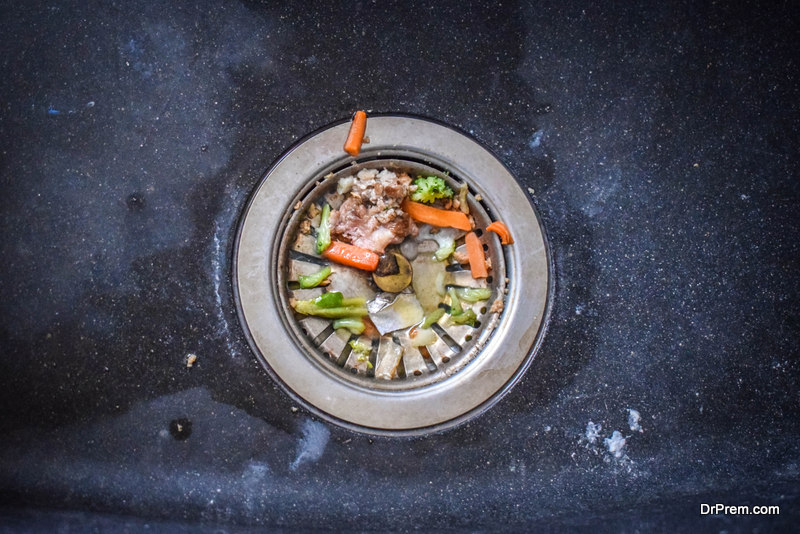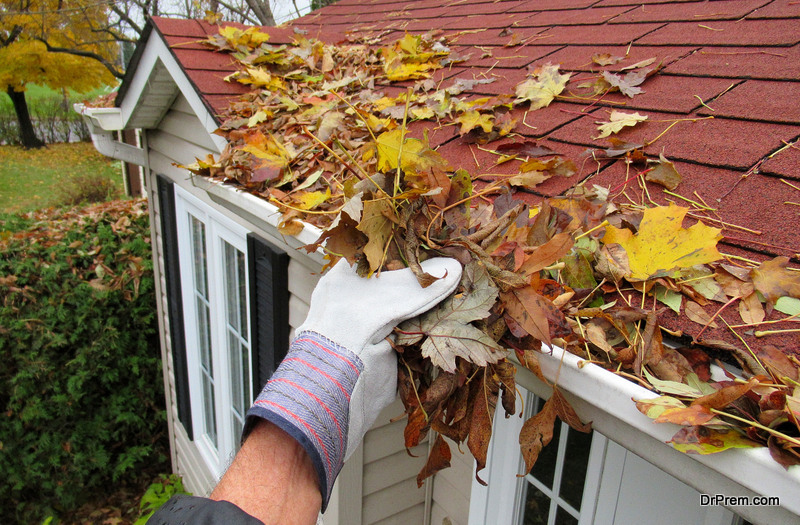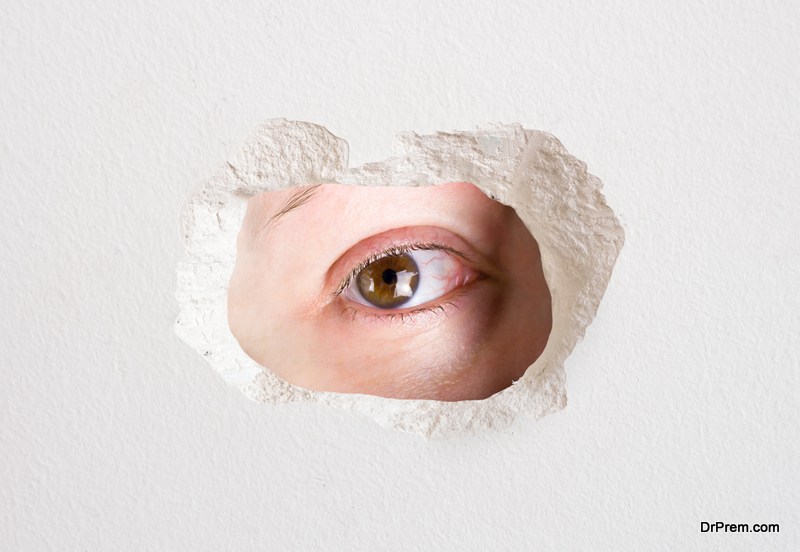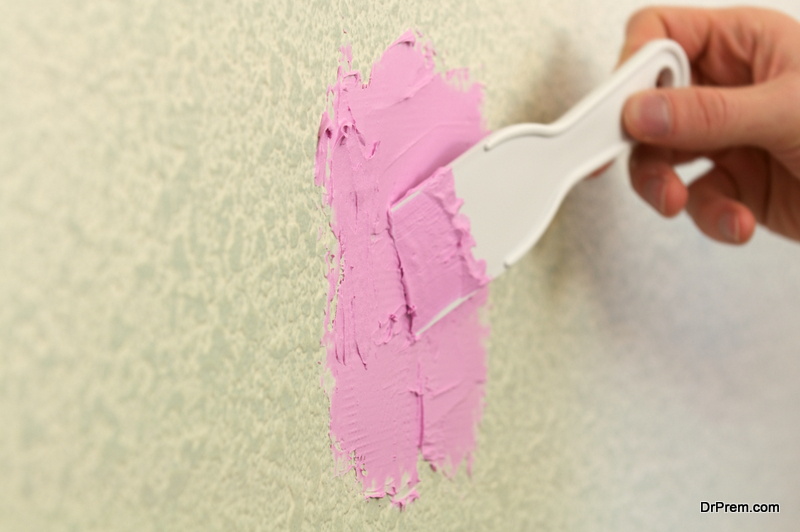Professional labor can be one of the costliest aspects of home ownership, and can easily put a dent in your budget. To save money, you might consider handling some of the maintenance and repairs around your home on your own. Even if you aren’t a savvy handyman, there are plenty of online video tutorials and articles that can guide you through some of the more simple projects.
You can use a part search engine to sift through any necessary materials you might need, and read and watch several videos to get the gist of what you’re trying to achieve. However, it’s important to understand that not every repair can be DIY. For more complex projects, you’ll certainly need to hire a professional. Here are a few projects you may be able to tackle on your own (but always call someone if you’re having trouble):
Clogged Garbage Disposal
 A clogged garbage disposal can be a real hassle. This will likely be the result of improper usage of the disposal. Over time, disposals can get clogged because the waste line gets coated and obstructed with food. For starters, this home appliance is often taken for granted, and many homeowners simply discard vast amounts of food into the sink. This is not what it’s intended to do—it does not act as a traditional garbage can. Furthermore, not running enough water while you use the disposal is a surefire way to catch a clog. Potato peels, coffee grounds, and eggshells are all common issues for the disposal.
A clogged garbage disposal can be a real hassle. This will likely be the result of improper usage of the disposal. Over time, disposals can get clogged because the waste line gets coated and obstructed with food. For starters, this home appliance is often taken for granted, and many homeowners simply discard vast amounts of food into the sink. This is not what it’s intended to do—it does not act as a traditional garbage can. Furthermore, not running enough water while you use the disposal is a surefire way to catch a clog. Potato peels, coffee grounds, and eggshells are all common issues for the disposal.
If you’ve run into a clogged disposal, there are a few things you can do. Use channel-type pliers to disconnect the slip-nut fittings on your drain trap. This is the pipe that’s directly connected to your disposal underneath the sink. Be sure to have a bucket underneath it as you work to disconnect it, because it’s not uncommon for water to spill out. Once you’ve disconnected the pipe, search for obstructions and clogs.
Typically, you’ll find clogs in the bend of the trap and can use a scrub brush to clean out the debris. Sometimes, the clog is in the drain arm that connects the pipe into the wall, and to clear this out, you’ll need a sink auger. Once you’ve cleared any obstructions out, assemble your pipes and run the water to clear out any remaining particles.
Cleaning the Gutters
 Because your gutters are up and out of the way, it’s easy to forget they’re there and neglect them as a result. But clearing your gutters is extremely important. You may not notice that your gutters are getting full, which can result in a gutter leak that leads to serious foundation issues. Too many leaves, broken branches, and other debris could cause the gutters to sag over time, which builds water pools along the spout area. Gutter leaks can also cause costly mold issues—preventative measures are best.
Because your gutters are up and out of the way, it’s easy to forget they’re there and neglect them as a result. But clearing your gutters is extremely important. You may not notice that your gutters are getting full, which can result in a gutter leak that leads to serious foundation issues. Too many leaves, broken branches, and other debris could cause the gutters to sag over time, which builds water pools along the spout area. Gutter leaks can also cause costly mold issues—preventative measures are best.
Gutters should be cleaned once per year, or twice per year if you have overhanging trees. If you’re comfortable on a ladder, and have a level foundation to work with, you can go ahead and handle gutter cleaning yourself. Be sure to have someone with you to hold the ladder steady while you work across the gutter, removing as you go. You can purchase a gutter scoop to remove the gunk, and you might consider laying a plastic tarp to discard the waste along the way.
Patching a Hole
 Patching a hole in your drywall is much easier than you might think. From small nail holes to slightly larger golf ball-sized holes, you can make any piece of drywall look new. You can find budget-friendly drywall repair kits at many hardware stores, and these kits typically include a putty knife, sandpaper, a tough patch, and spackling.
Patching a hole in your drywall is much easier than you might think. From small nail holes to slightly larger golf ball-sized holes, you can make any piece of drywall look new. You can find budget-friendly drywall repair kits at many hardware stores, and these kits typically include a putty knife, sandpaper, a tough patch, and spackling.
Put the putty on the wall, and use the knife to scrape off any excess. Once it’s dried, sand it down until it’s smooth and apply a layer of primer paint. When the primer paint is dry, apply a fresh coat of paint that matches the color of your wall. If you aren’t sure what’s the right color, get a set of color samples and do your best to get the right match. If you’re a visual learner, there are plenty of online videos for drywall patching. For large holes, you’ll likely need a professional.
Article Submitted By Community Writer




